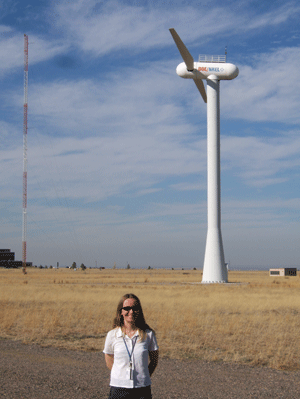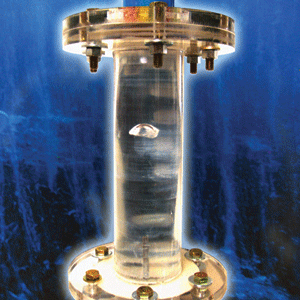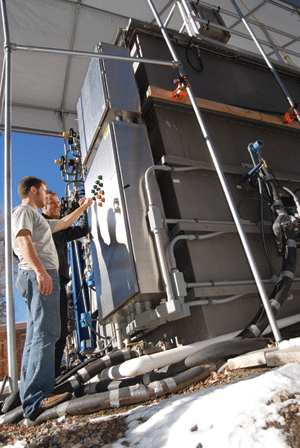 Wind energy is the fastest-growing energy source in the world.
Wind energy is the fastest-growing energy source in the world.
Worldwide investments of $18 billion recorded in 2006 are expected to expand threefold to $60 billion by 2016. Although wind currently provides less than one percent of electrical power in the U.S., generation capability is plentiful and 20 percent could be supplied by wind without making any major changes to the grid.
Modern wind turbine technology is both sophisticated and effective; the most powerful wind turbines peak at about 6,000 kW, sufficient for about 3,750 average U.S. households. Nevertheless, wind power producers experience their share of headaches.
Sitting high atop a steel tower in exposed locations, these self-contained units must deliver power under a wide range of operating conditions. Rain, snow, hail, temperature ranges of over 100 degrees, not to mention constantly shifting winds that in some locations exceed 100 mph, all combine to make turbine design a complex engineering challenge. Not surprisingly, the industry still has plenty of problems to solve.
To support scientific and engineering research into wind power, the Colorado Renewable Energy Collaboratory will launch a new research center focused on wind in spring 2009. The Collaboratory, a partnership between Mines, the National Renewable Energy Laboratory, CU-Boulder and Colorado State University, has already launched two such research centers: the Colorado Center for Biofuels and Biorefining (C2B2), and the Center for Revolutionary Solar Photoconversion (CRSP). The third research arm, the Center for Research and Education in Wind (CREW), establishes a special partnership with two additional Front Range research institutions: the National Center for Atmospheric Research and the National Oceanic and Atmospheric Administration.





